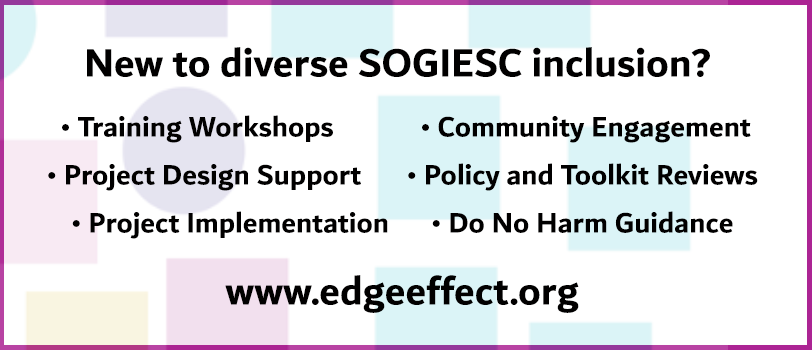As more and more refugees—roughly 60% of the world’s refugee population—settle and live in cities, it is increasingly important that the humanitarian sector have a solid understanding of the unique challenges urban resettlement presents. This year-long research study investigates the GBV risks and experiences of women, adolescent girls, LGBTI individuals, persons with disabilities and male survivors of sexual violence in Quito, Ecuador, Beirut, Lebanon, Kampala, Uganda and Delhi, India.
The report provides an introduction and overview of the current context: UNHCR has made a commitment to use refugee camps as a last resort and phase them out wherever feasible. This means more and more refugees are and will continue to be resettled in urban settings. This will, the report says, require ‘nothing less than a complete rethink and restructuring of traditional humanitarian response.’ The report provides recommendations for practitioners, including the need to systematise the engagement of local actors; develop proactive and targeted strategies for addressing GBV in shelter and livelihoods; prioritising and earmarking resources for outreach programs to meet the needs of at-risk populations; and formalising non-discrimination and standards of care for engaging all refugee subpopulations.
There is a specific chapter on the risks for LGBTI refugees in urban contexts.
Several themes in findings emerged: LGBTI refugees prefer to live in cities to camps—many LGBTI refugees had originally fled their homes to camps but experienced discrimination, violence and rape. These experiences propelled them to move to a city where, in places like Beirut and Delhi, LGBTI organisations were already known. The lack of secure employment for LGBTI refugees was identified as a risk factor as financial precarity causes some LGBTI refugees to turn to survival sex; survival sex comes with additional safety and security risks, including increased likelihood of health issues. Respondents also shared experiences of violence from host community members as well as from other refugees: many feared being outed by other refugees, or being attacked for the sexual orientation or gender expression. Certain subgroups within the LGBTI population face different risks: Syrian lesbian refugees, for instance, identified that one of their biggest risks lies within the threat of corrective rape and forced marriage from their families—these risks have increased in Beirut where lesbian women have reduced mobility.
Respondents also shared experiences of violence when attempting to access services; that host community legal frameworks can be risk factors; that LGBTI refugees can feel isolated from the larger refugee population in urban settings where individual LGBTI refugees feel totally alone and unable to connect with the LGBTI community; and identified significant service gaps. The chapter moves into a discussion of good practices to increase the safety and security (and overall wellbeing) of LGBTI refugees. Most of these tips focus on building relationships between local LGBTI groups and refugees, or between LGBTI groups and humanitarian actors and organisations. The chapter concludes with a series of recommendations for mitigating the GBV risks faced by urban LGBTI refugees.
The report provides recommendations for practitioners, including the need to systematise the engagement of local actors; develop proactive and targeted strategies for addressing GBV in shelter and livelihoods; prioritising and earmarking resources for outreach programs to meet the needs of at-risk populations; and formalising non-discrimination and standards of care for engaging all refugee subpopulations.





